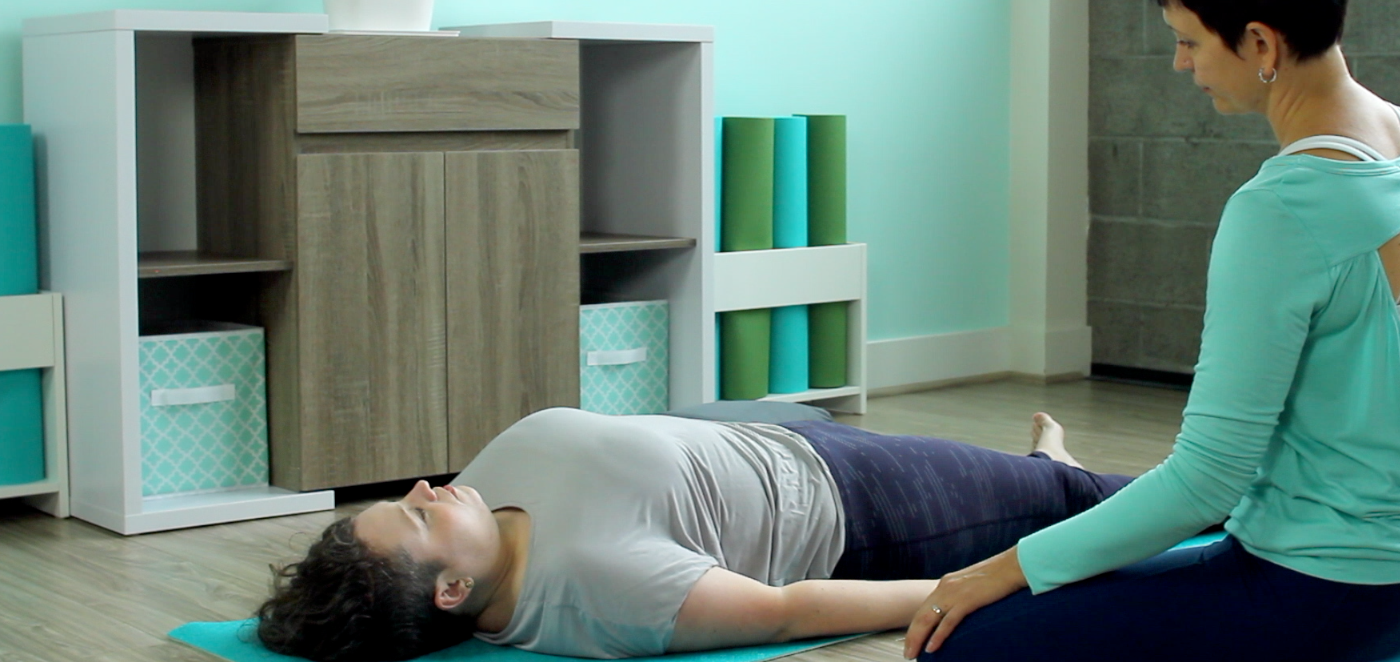CAN YOU HEAR ME?! How our conflicting inner parts try to get our attention through the body

For as long as I can remember, my students have talked about their body parts as if they have their own personalities and agendas. They would say things like, “My shoulders are always trying to help,” “My back is doing all the work,” “My hip is really annoyed today,” and so on. We spent countless hours trying to broker peace between various warring body parts and encourage them to do their tasks within the body community. This is what we mean when we talk about structural integration.
This is why it sounded eerily familiar when a student of mine introduced me to Internal Family Systems (IFS) Therapy, which views our psyche as a rowdy family. Each family member has a distinctive personality and their own way of doing things, but they all have one goal – to protect the organism at all costs. However, they go about that goal in very different ways, and some of those ways can be inadvertently harmful. They all have good intentions, but those intentions sometimes pave the road to hell.
The way IFS looks at the human organism is very similar to the whole-person approach of yoga therapy. Here is how Richard Schwartz, the founder of IFS, describes it: “Internal Family Systems (IFS) therapy is a synthesis of two paradigms: the plural mind, or the idea that we all contain many different parts, and systems thinking. IFS invites therapists to relate to every level of the human system—the intrapsychic, familial, communal, cultural, and social—with ecologically sensitive concepts and methods that focus on understanding and respecting the network of relationships among members. […] Instead of seeing people as lacking resources, we assume people are constrained from using their innate strengths by polarized relationships, both within and with the people around them. IFS is designed to help us release our constraints and, in so doing, also release our resources.” (1)
Compare this definition with how the International Association of Yoga Therapists defines yoga therapy: “The yoga tradition views each human being as a multidimensional system that includes numerous aspects—including body, breath, and mind (intellect and emotions)—and their mutual interaction. Yoga therapy is founded on the basic principle that intelligent practice can positively influence the direction of change within these human dimensions, which are distinct from an individual’s unchanging nature or spirit. The goals of yoga therapy include eliminating, reducing, and/or managing symptoms that cause suffering; improving function; helping to prevent the occurrence or recurrence of underlying causes of illness; and moving toward improved health and well-being” (2).
Both approaches recognize the multilayered nature of our human system, the delicate ecological balance between the different parts, our innate strength and vitality, and the fact that we have all the means necessary to facilitate our own healing. Both approaches offer specific strategies for overcoming inner obstacles that prevent us from returning to the state of homeostasis and inner equilibrium.
Yoga therapy uses the Panchmaya (Koshas) Model to understand the multilayered nature of the human system. The Internal Family Systems approach uses the idea of a plural mind. IFS practitioners believe that in response to danger, each of us takes on roles that can be categorized into three groups. One group, the managers, tends to be highly protective, strategic, and controlling to keep things safe. A second group contains the most sensitive and vulnerable members of the system. When members of that group feel injured, outraged, or deeply unsettled in some other way, managers banish them for their own protection and the good of the entire system. They become exiles. This is how we bury parts of ourselves that we cannot accept. The third group, the firefighters, tries to stifle, numb, or distract from the feelings of exiles and rebel against managers by acting recklessly and dangerously without concern for consequences. They are called firefighters because they fight the flames of exiled emotion.
Different parts can show up in different body areas – in posture, gesture, voice, facial expressions, muscle tension, breathing rate, all kinds of physiological processes, physical weakness, body temperature, and so on. They can cause all sorts of physical dysfunction or pain. Different parts use the body for their own purposes: exiles use it to sound an alarm and seek help, managers use it to exert control, and firefighters use it to distract from the emotional pain and self-soothe.
In his book Internal Family Systems Therapy, Richard Schwartz writes: “When we look at protective roles, we can more or less match them to physical symptoms. Managers—who need to contain, suppress, hold, freeze, and control—tend to show up in the muscles and fascia. Although they can be found anywhere in the body, managers can more easily handle the energies at junctions: all joints, the pelvic and respiratory diaphragms, the throat and jaw, the shoulders, and the lower back. Firefighters tend to activate the endocrine and nervous systems in the service of fight and flight, releasing stress hormones, increasing heart and breath rates, and dilating pupils. As well, firefighters use physical arousal or desire (for example, cravings for food, sex, alcohol, drugs, or sleep) to distract from emotions they view as a threat. Meanwhile, exiles often hide out in or around the heart, gut, and back.” (1)
This doesn’t mean that parts cause all bodily tensions and diseases. Genetics, viruses, bacteria, injury, and other factors affect the body and make us sick. But the agitated or burdened parts can worsen our pain and suffering; they impact our nervous system, which affects every physiological process and organ in the body, our immune responses, our compliance with treatment regimens, our motivations, and our commitments to changing our habits.
I used the ideas I learned through Internal Family Systems (IFS) therapy in my yoga therapy work with remarkable results. I found that it could be a missing link that helps students gain a better understanding of what’s going on in their body and mind and facilitate a more harmonious relationship between different parts of themselves.

Our inner system of managers, firefighters, and exiles and the dynamics of their relationships
References
- Internal Family Systems Therapy by Richard C. Schwartz and Martha Sweezy (affiliate link)
- Scope of Practice for Yoga Therapy by International Association of Yoga Therapists









